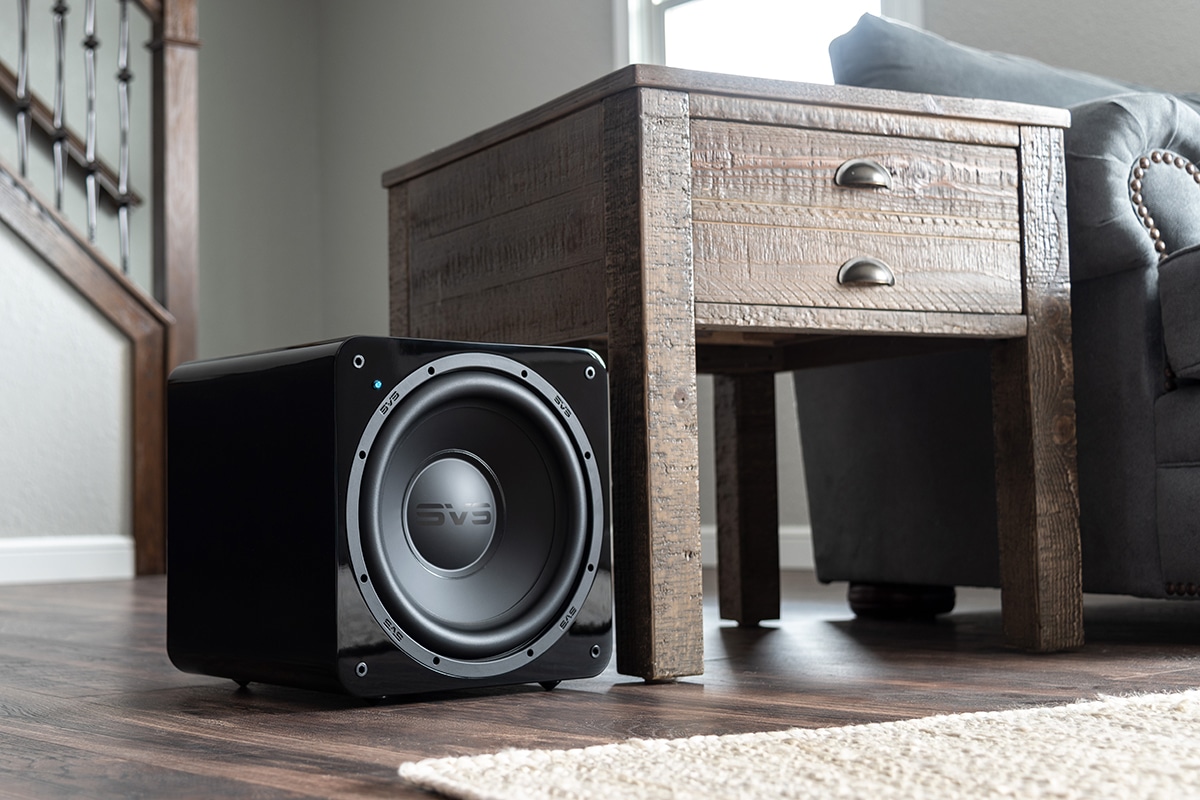

Articles
Where To Put Subwoofer In Living Room
Modified: December 7, 2023
Discover the best placement for a subwoofer in your living room with our informative articles. Enhance your audio experience and optimize your sound system setup.
(Many of the links in this article redirect to a specific reviewed product. Your purchase of these products through affiliate links helps to generate commission for Storables.com, at no extra cost. Learn more)
Introduction
When it comes to creating an immersive audio experience in your living room, a subwoofer plays a crucial role. A subwoofer is designed to reproduce low-frequency sounds, adding depth and richness to your music, movies, and games. However, achieving optimal bass performance relies heavily on proper subwoofer placement.
Many people overlook the importance of subwoofer placement and end up with a subpar audio experience. Placing your subwoofer in the wrong spot can result in uneven bass response, booming or muddy sounds, and interference with other audio equipment.
In this article, we will explore the significance of correctly placing subwoofers in a living room and provide valuable tips on optimizing their placement for the best possible audio experience.
Key Takeaways:
- Proper subwoofer placement is crucial for even bass distribution, reduced interference, improved sound quality, distortion prevention, and elimination of standing waves, resulting in a more immersive audio experience.
- Factors like room size, listening position, acoustic treatment, and subwoofer settings must be considered to optimize subwoofer placement and achieve the best possible bass performance in your living room.
Read more: Where To Hide A Subwoofer In Living Room
Importance of Placing Subwoofers Correctly
Proper subwoofer placement is essential for achieving accurate and balanced bass reproduction. Here are a few reasons why it’s crucial to place your subwoofer correctly:
- Even Bass Distribution: Placing the subwoofer in an optimal position helps ensure even distribution of bass frequencies throughout the room. This eliminates the chances of bass peaks and nulls, where certain frequencies are overly emphasized or completely canceled out.
- Reduced Interference: Correct subwoofer placement minimizes the chances of interference with other audio equipment. Placing the subwoofer too close to other speakers or electronic devices can cause unwanted vibrations and distortions, affecting the overall audio performance.
- Improved Sound Quality: By placing the subwoofer correctly, you can enhance the overall sound quality of your audio system. Well-integrated bass adds depth and impact to music, enhances movie soundtracks, and provides a more immersive gaming experience.
- Prevention of Distortion: Proper subwoofer placement helps in avoiding distortion caused by room modes. Room modes are resonant frequencies that can build up or cancel out bass frequencies, leading to boomy or muddy bass reproduction. Placing the subwoofer in the right spot helps minimize these distortions.
- Elimination of Standing Waves: Standing waves occur when sound waves reflect off walls, creating peaks and nulls in specific areas of the room. Correct subwoofer placement helps break up these standing waves and promotes a more balanced and uniform bass response.
By recognizing the importance of placing subwoofers correctly, you can create an audio environment that truly immerses you in the sound experience.
Factors to Consider before Placing Subwoofers
Before you start placing your subwoofer in your living room, there are a few factors to consider that can greatly impact the overall audio performance. By taking these factors into account, you can ensure optimal placement for your subwoofer:
- Room Size and Shape: The size and shape of your living room play a significant role in subwoofer placement. Larger rooms usually require more than one subwoofer to distribute bass evenly. Additionally, the shape of the room can affect how sound waves propagate and interact, which impacts bass response. Experimenting with different positions is necessary to find the sweet spot for your subwoofer.
- Listening Position: Consider the primary listening position in your living room. Ideally, the subwoofer should be placed in a position that creates an optimal listening experience for the main seating area. The distance between the subwoofer and the listener can also affect the bass perception, so finding the right balance is crucial.
- Acoustic Treatment: The overall acoustic treatment of your room can have a significant impact on subwoofer placement. Excessive echo, reflections, or reverberations can distort the bass response. Using acoustic treatments such as absorption panels, diffusers, and bass traps can help improve the accuracy of bass reproduction.
- Furniture and Obstacles: Keep in mind the placement of furniture and any other obstacles in the room. Large furniture pieces or walls can obstruct the path of sound waves, leading to uneven bass distribution. Rearranging furniture or using bass shakers can help overcome these obstacles and improve bass performance.
- Subwoofer Settings: Understanding the settings and controls on your subwoofer is crucial for optimal placement. Features like phase adjustment, crossover frequency, and gain control allow you to fine-tune the subwoofer’s performance based on its placement and the room acoustics.
Considering these factors before placing your subwoofer can greatly enhance the overall audio experience in your living room. Remember that experimentation and adjustment may be necessary to find the perfect spot that suits your specific room and listening preferences.
Ideal Locations for Subwoofers in a Living Room
When it comes to placing your subwoofer in a living room, there are a few key locations that tend to yield optimal results. The following are some ideal spots to consider:
- Front of the Room: Placing the subwoofer in the front of the room, near the main speakers, is a common and effective choice. This location helps create a cohesive soundstage, as the bass is integrated with the rest of the audio coming from the front speakers. Experiment with placing the subwoofer between or slightly to the side of the front speakers to find the best balance.
- Corner Placement: Corners often provide natural amplification for low-frequency sounds. Placing the subwoofer in a corner can help reinforce the bass and provide a richer and more powerful low-end response. However, be mindful of corner loading, which can cause excessive boominess. Adjustments to positioning and subwoofer settings may be required for optimal performance.
- Near Side Walls: Another option is to position the subwoofer near a side wall. This location can help distribute the bass more evenly throughout the room. Experiment with different distances from the wall and monitor any changes in bass response. Adjustments to volume levels and settings may be necessary to achieve a balanced sound.
- Multiple Subwoofers: In larger rooms or rooms with irregular acoustics, using multiple subwoofers can provide better bass coverage. Placing multiple subwoofers in different locations can help eliminate bass peaks and nulls, resulting in a smoother and more consistent bass response. Experiment with different placements and configurations to find the best combination for your room.
It is important to note that every room is unique, and what works in one may not work in another. Room acoustics and personal preference play a significant role in determining the ideal subwoofer placement for your living room. Don’t hesitate to experiment and make adjustments to find the sweet spot that best suits your audio needs.
Place the subwoofer in a corner of the room for maximum bass response. Avoid placing it directly against a wall to prevent excessive vibrations. Experiment with different locations to find the best spot for balanced sound.
Placement Options to Avoid for Subwoofers
While there are ideal locations for subwoofer placement, there are also certain placement options that should be avoided. These positions can lead to poor bass performance and negatively impact your overall audio experience. Here are some placement options to steer clear of:
- Against the Wall: Placing the subwoofer directly against a wall may seem convenient, but it can result in excessive bass resonance and overpowering low-end frequencies. This can cause boomy and muddy bass response, making the overall sound quality less balanced and enjoyable.
- Under Furniture: While it may be tempting to hide the subwoofer under furniture for aesthetic reasons, this placement can hinder the dispersion and distribution of bass frequencies. The sound waves get obstructed and muffled, leading to a compromised audio experience.
- Inside a Cabinet: Placing the subwoofer inside a closed cabinet or entertainment unit may seem like a neat way to conceal it, but it can have a detrimental effect on bass performance. The enclosed space can create standing waves and reflections, resulting in inaccurate bass reproduction and diminished sound quality.
- Random Placement: Avoid placing the subwoofer randomly or without considering the room acoustics. Guessing or neglecting to experiment with different positions can lead to uneven bass response, diminished impact, and unbalanced sound. Take the time to find the optimal location that suits your room and listening preferences.
- Close to Room Boundaries: While corner placement can be effective, it is important to avoid placing the subwoofer too close to other room boundaries, such as side walls or the ceiling. This can result in excessive bass buildup or cancellation, leading to an irregular and inconsistent bass response.
Avoiding these placement options can help you achieve optimal bass performance and ensure a more immersive and enjoyable audio experience in your living room.
Read more: Where To Put Baby In Living Room
Tips for Optimizing Subwoofer Placement
Optimizing subwoofer placement is crucial for achieving the best possible bass performance in your living room. Here are some tips to help you optimize the placement of your subwoofer:
- Experiment with Placement: Don’t hesitate to experiment with different subwoofer placements in your room. Try different locations, such as corners, along walls, or near the front speakers, and listen for any changes in bass response. Small adjustments can make a significant difference in the overall sound quality.
- Utilize Subwoofer Crawl: The subwoofer crawl technique can help you find the optimal placement for your subwoofer. Start by placing the subwoofer in your listening position and crawl around the room, listening for where the bass sounds the most balanced and even. This method helps you discover potential hotspots and nulls, guiding you towards the best placement.
- Consider Room Acoustics: Take into account the acoustics of your room when placing the subwoofer. If your room has hard surfaces like tile or hardwood floors, consider using area rugs or acoustic panels to reduce reflections and improve bass response. Experiment with different acoustic treatments to achieve better sound quality.
- Use Room Correction Software: If your audio system supports it, consider using room correction software or a subwoofer equalizer. These tools can help compensate for room anomalies and optimize the subwoofer’s performance based on the unique characteristics of your living room. Follow the manufacturer’s instructions to set up and calibrate the software correctly.
- Maintain Proper Distance: Pay attention to the distance between the subwoofer and your listening position. A good rule of thumb is to place the subwoofer at a distance of about one-third of the length of your room. Adjustments may be necessary to find the right balance between bass impact and accuracy for your particular setup.
- Use Room Mode Calculators: Room mode calculators can help you identify standing wave patterns and potential trouble spots in your room. By entering the dimensions of your room into these calculators, you can gain insight into the resonant frequencies in your space. Armed with this information, you can position the subwoofer to minimize the effects of room modes and achieve a more even bass response.
Keep in mind that subwoofer placement is not an exact science, and it may require some trial and error to find the best position. Take the time to experiment, make adjustments, and fine-tune your subwoofer placement to achieve the optimal bass performance that suits your listening preferences and room acoustics.
Conclusion
Placing your subwoofer correctly in your living room is essential for achieving optimal bass performance and enhancing your overall audio experience. By considering factors such as room size and shape, listening position, and acoustic treatment, you can determine the ideal location for your subwoofer.
Avoid placement options such as placing the subwoofer against a wall, under furniture, or inside a cabinet, as these can impede the proper dispersion and distribution of bass frequencies. Instead, consider ideal locations such as the front of the room, corners, near side walls, or using multiple subwoofers in larger spaces.
Remember to experiment with different placements and make adjustments as needed. Utilize techniques like subwoofer crawl, analyze room acoustics, and consider using room correction software or room mode calculators to achieve the best possible bass response.
By optimizing subwoofer placement, you can achieve even bass distribution, reduce interference, improve sound quality, prevent distortion, and eliminate standing waves. This will result in a more immersive and enjoyable audio experience, whether you are listening to music, watching movies, or playing games.
Take the time to fine-tune your subwoofer placement in accordance with your room’s unique characteristics and your personal preferences. Remember that achieving optimal placement is a balance between technical considerations and subjective listening preferences.
With the right subwoofer placement in your living room, you can bring your audio to life and feel the powerful impact of deep, rich bass that enhances every moment of your entertainment.
Frequently Asked Questions about Where To Put Subwoofer In Living Room
Was this page helpful?
At Storables.com, we guarantee accurate and reliable information. Our content, validated by Expert Board Contributors, is crafted following stringent Editorial Policies. We're committed to providing you with well-researched, expert-backed insights for all your informational needs.
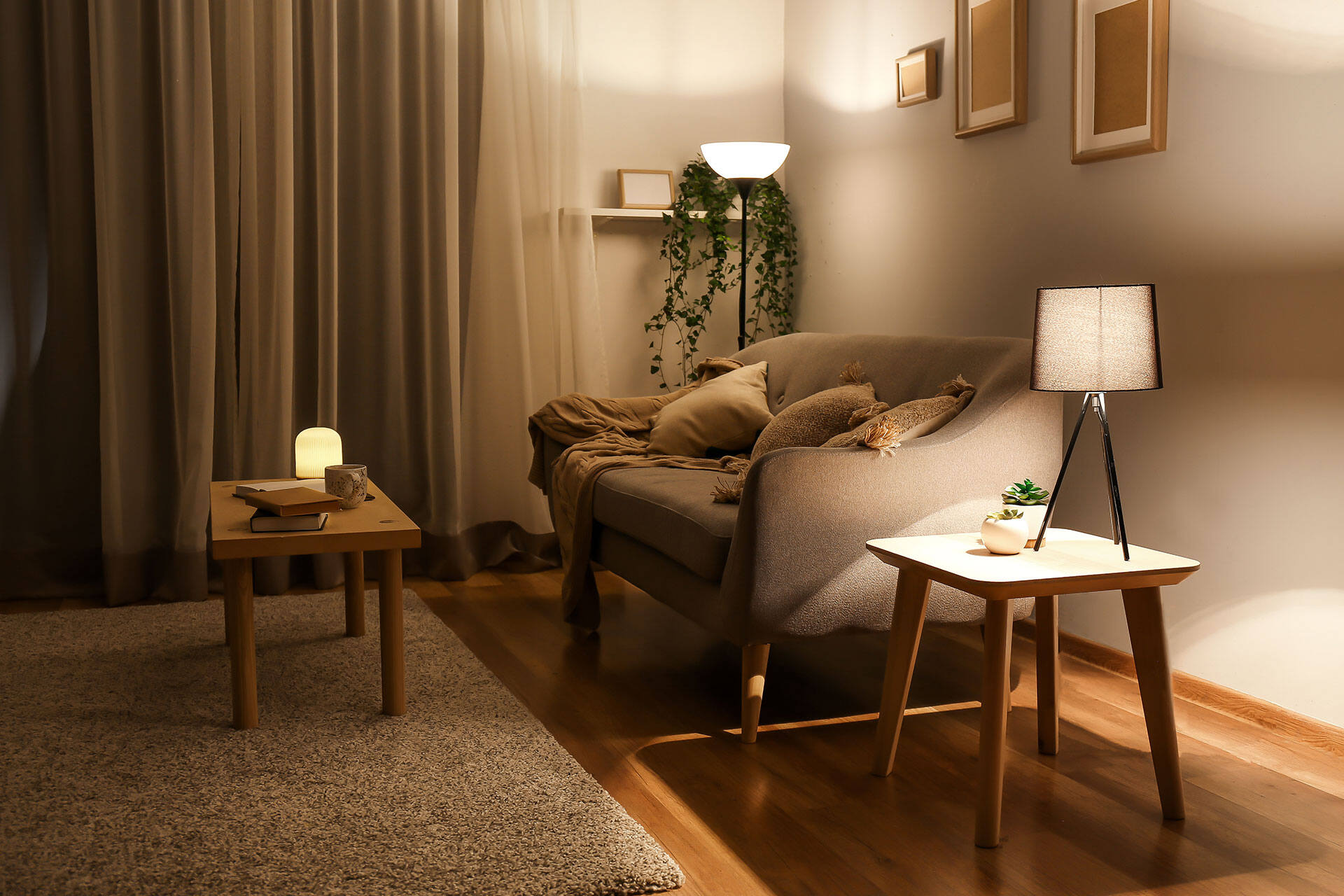
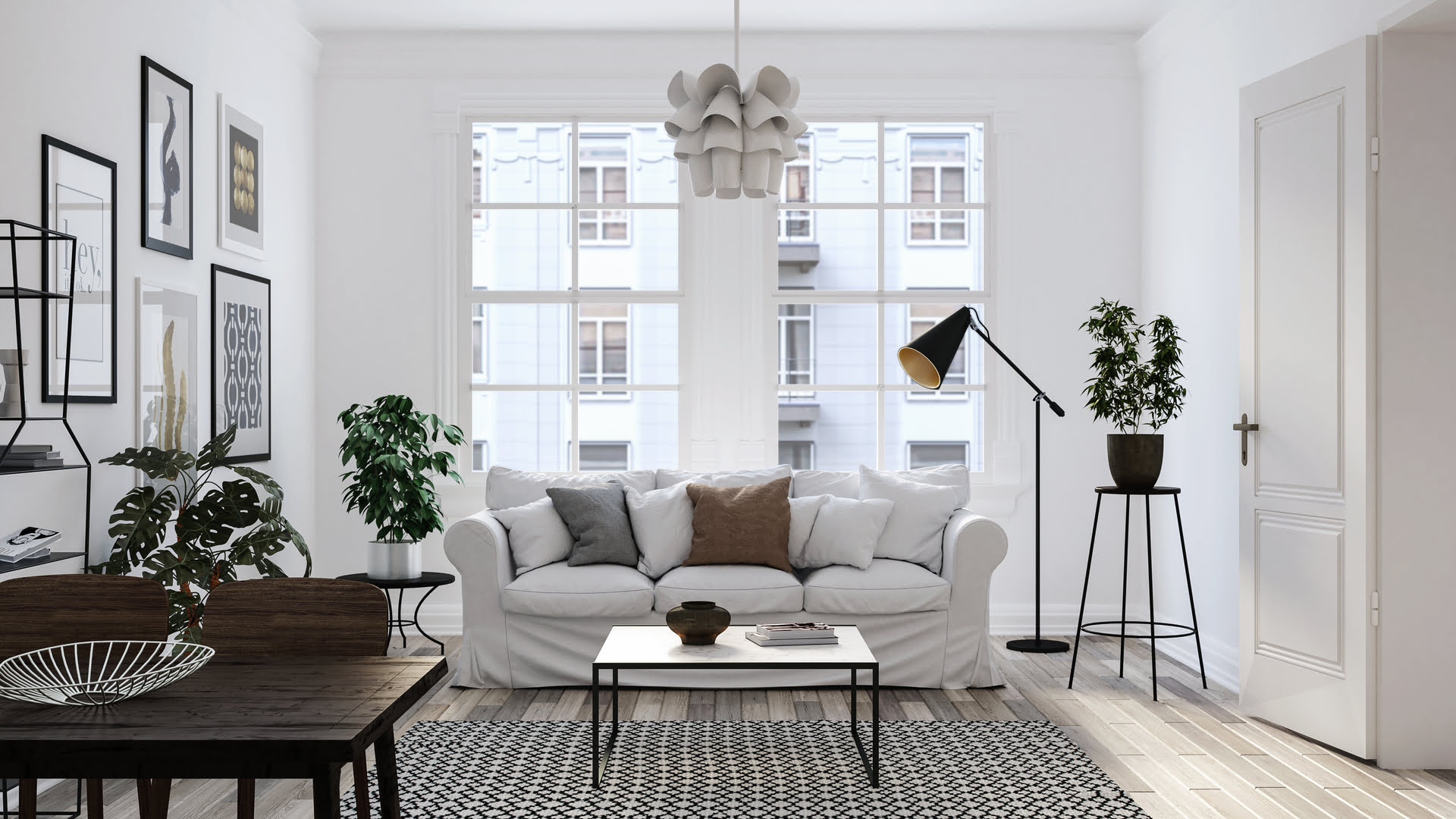

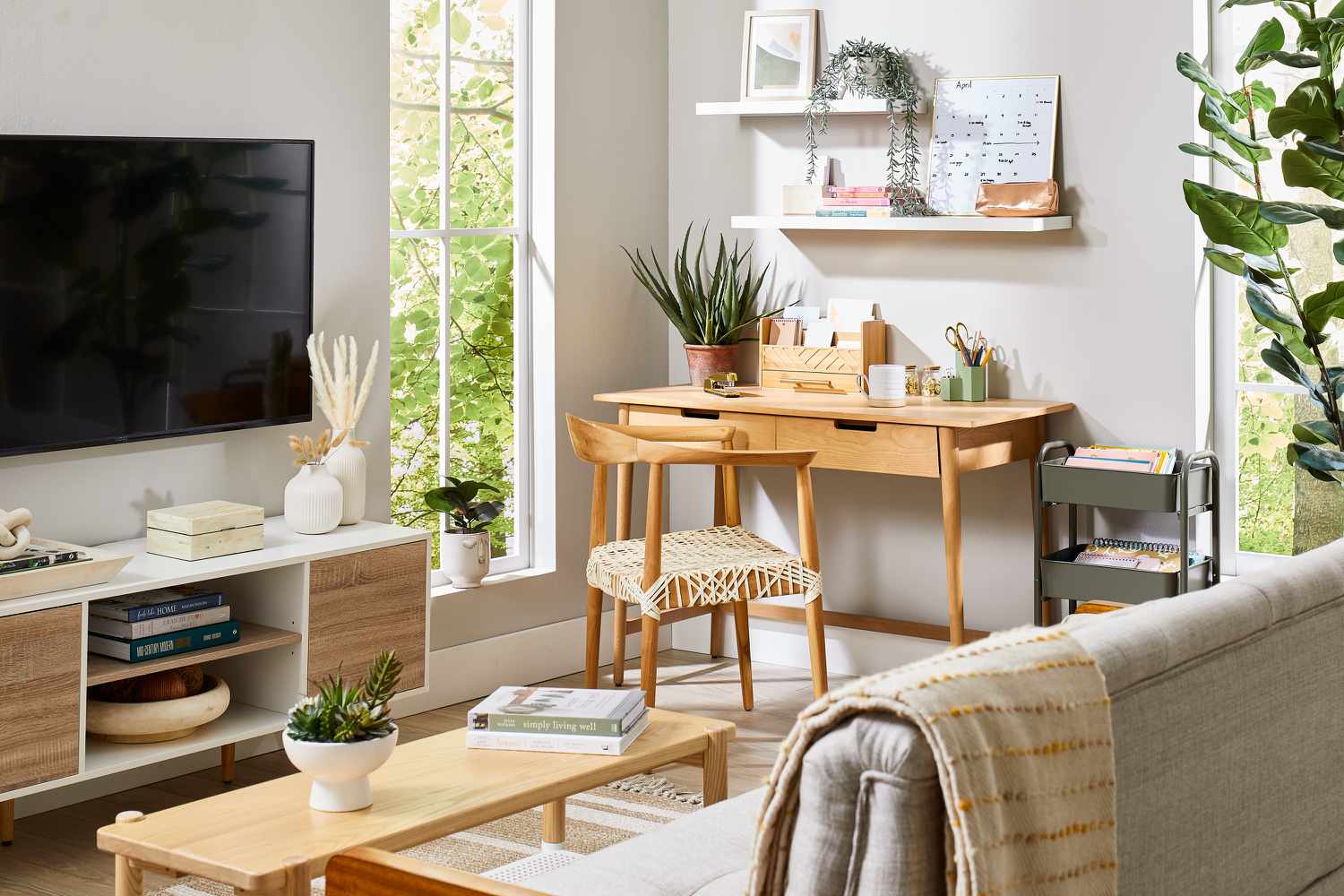
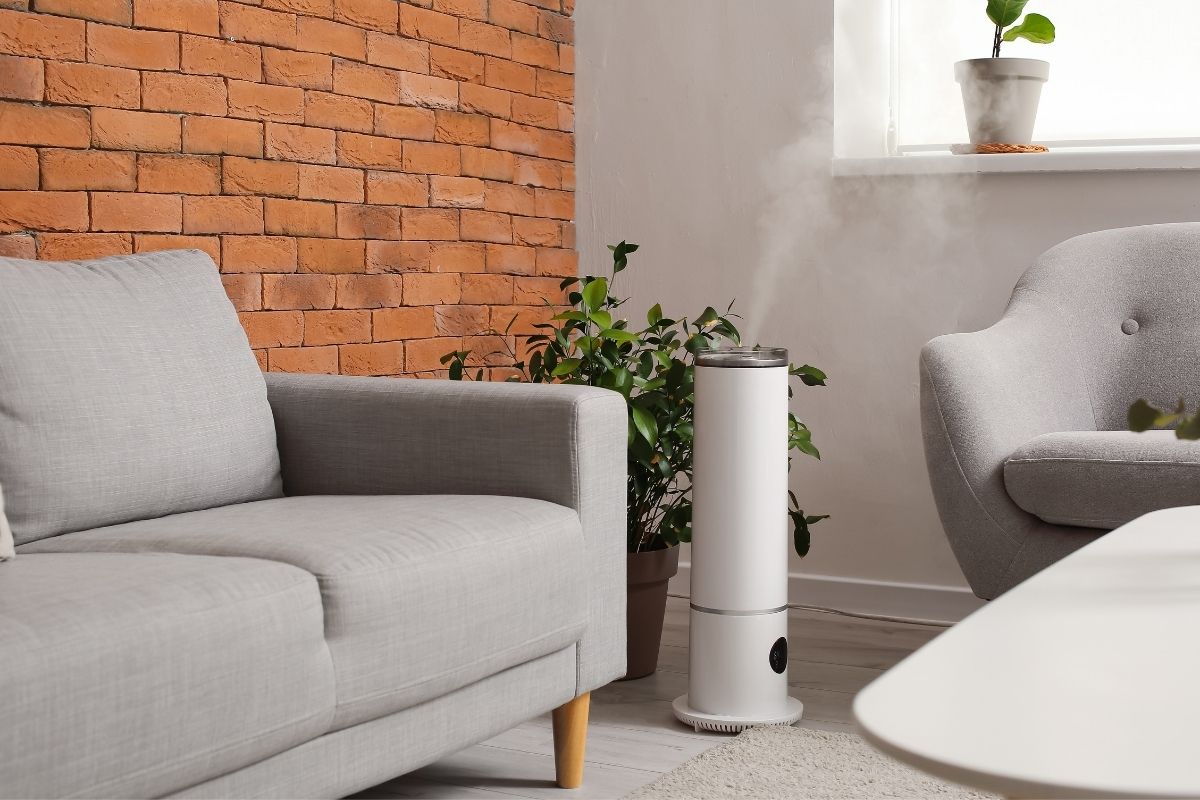
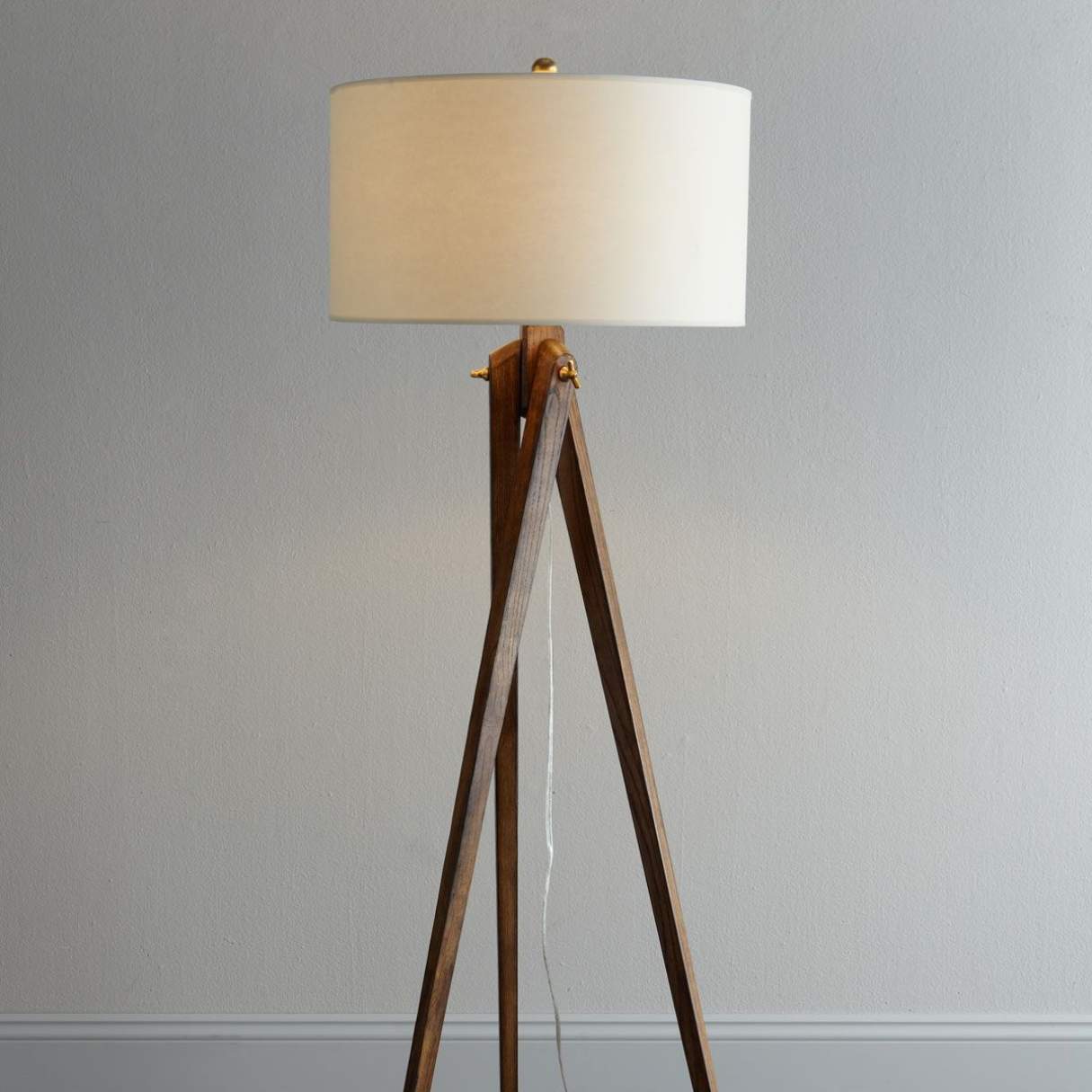


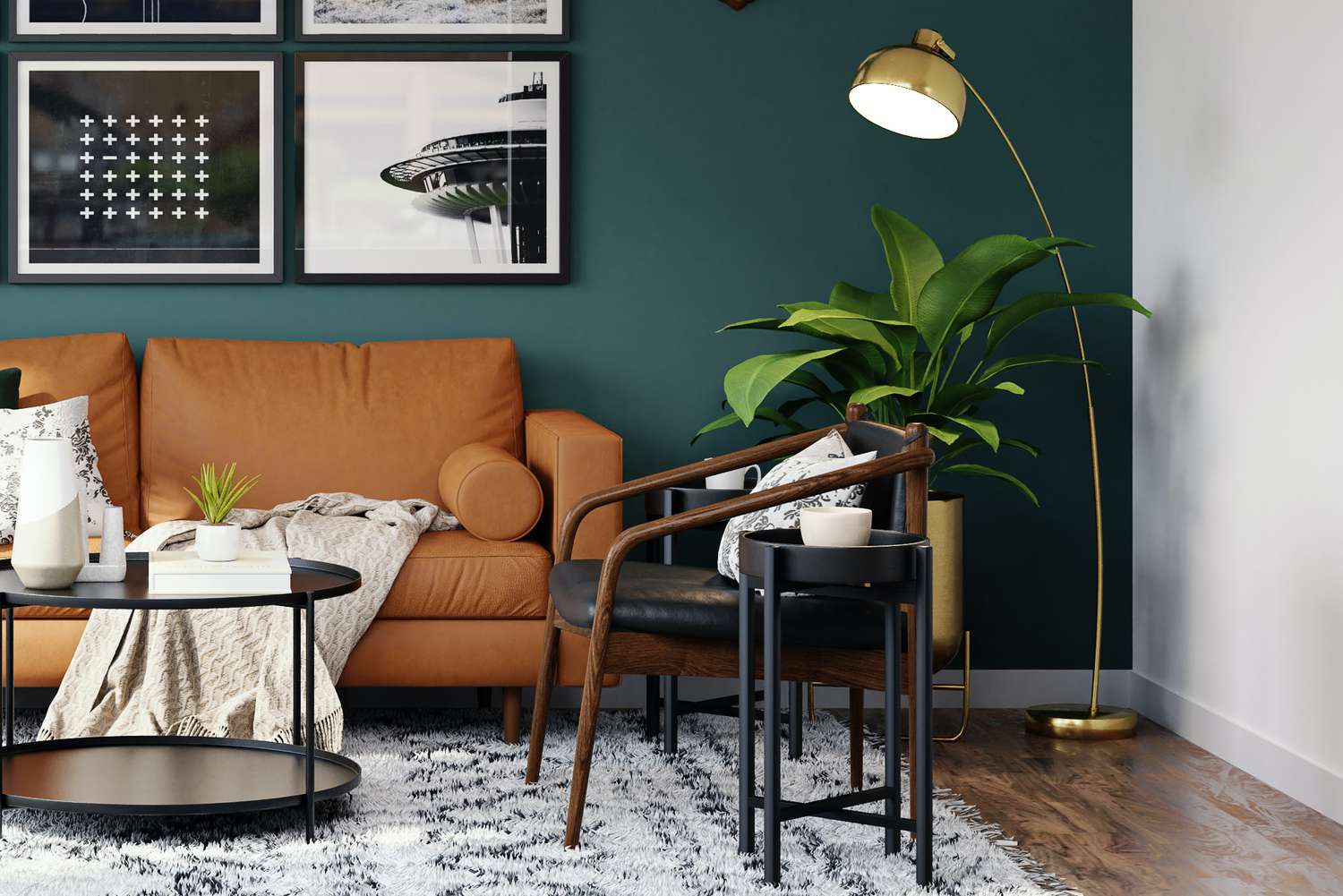
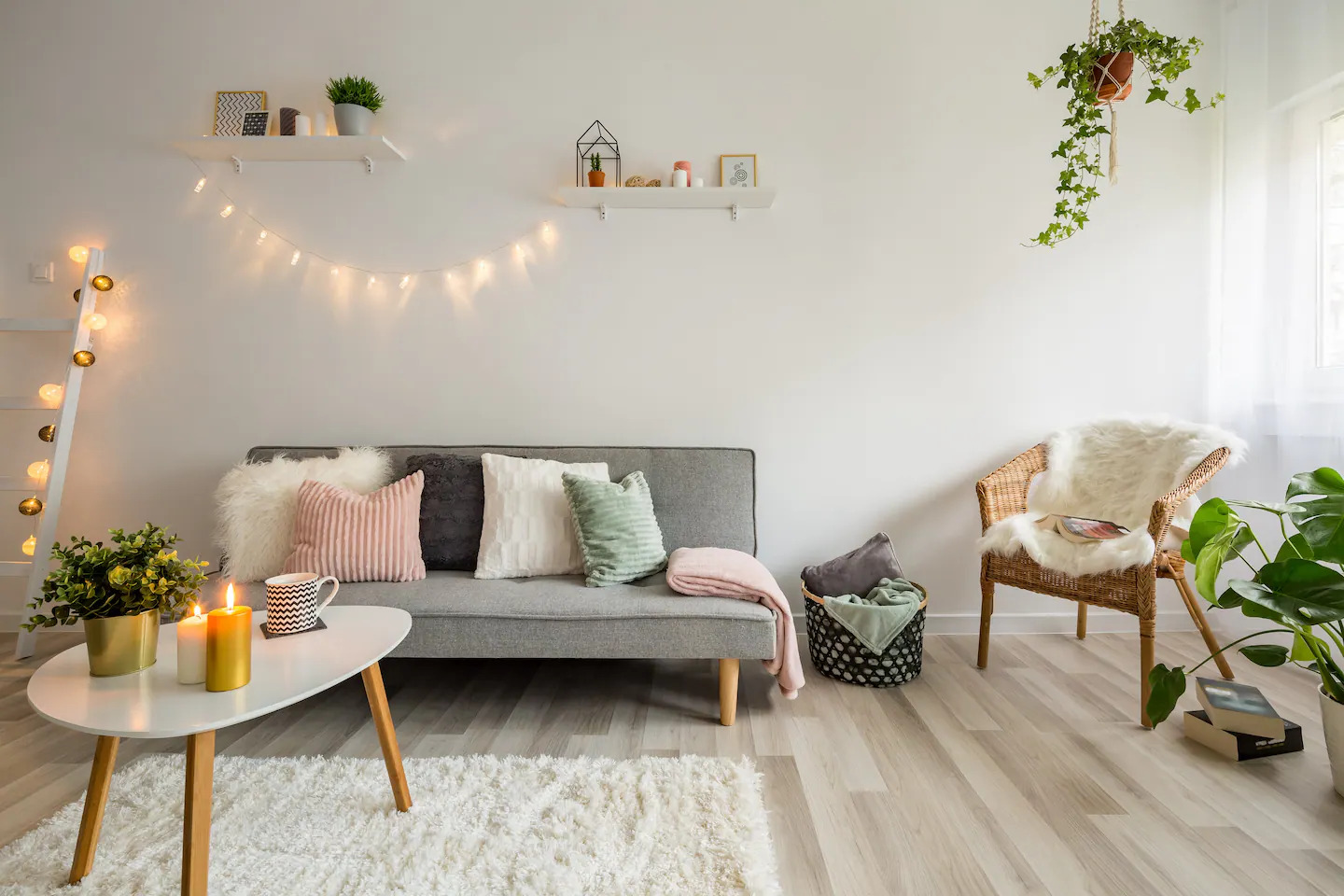

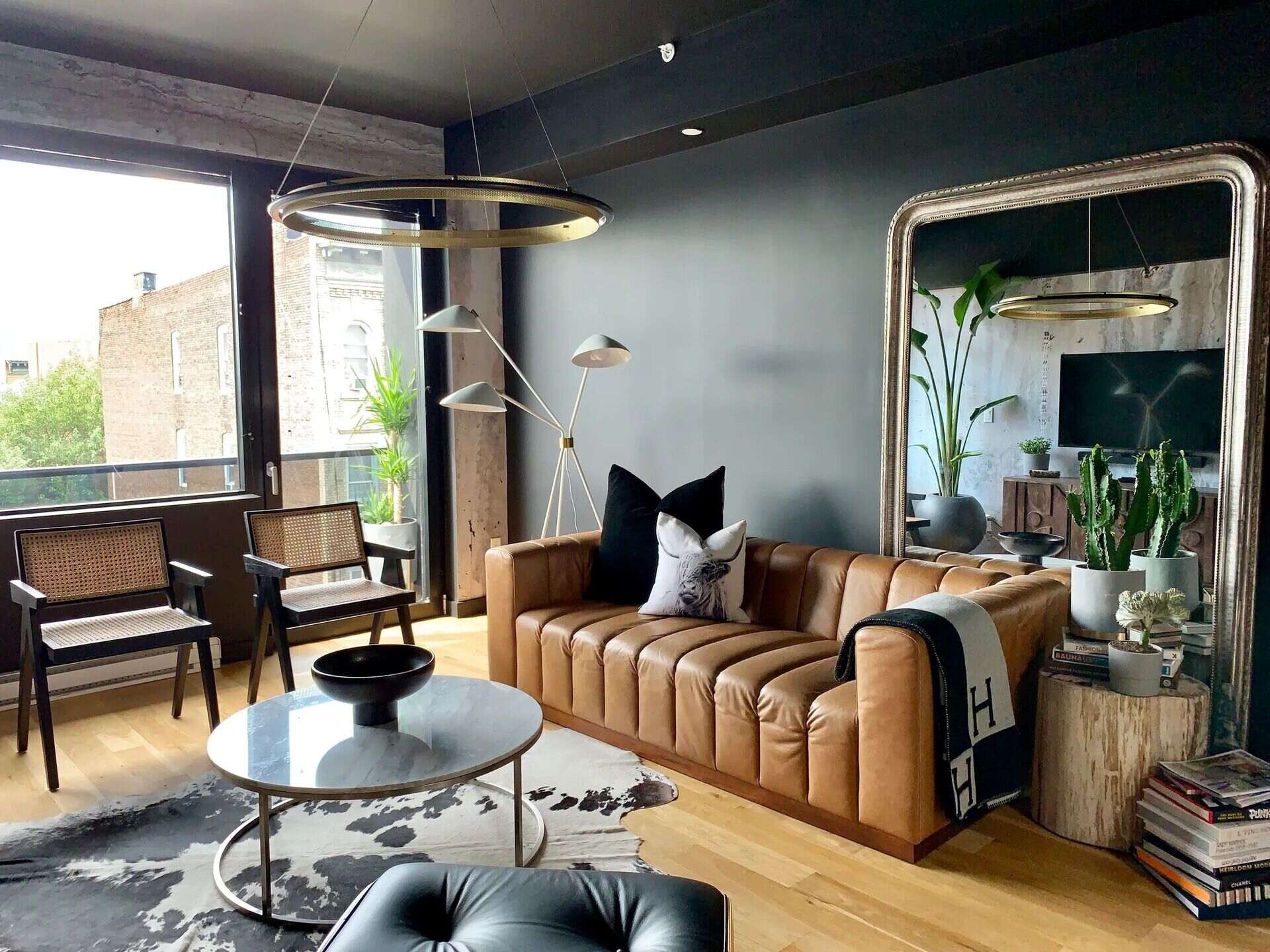



0 thoughts on “Where To Put Subwoofer In Living Room”